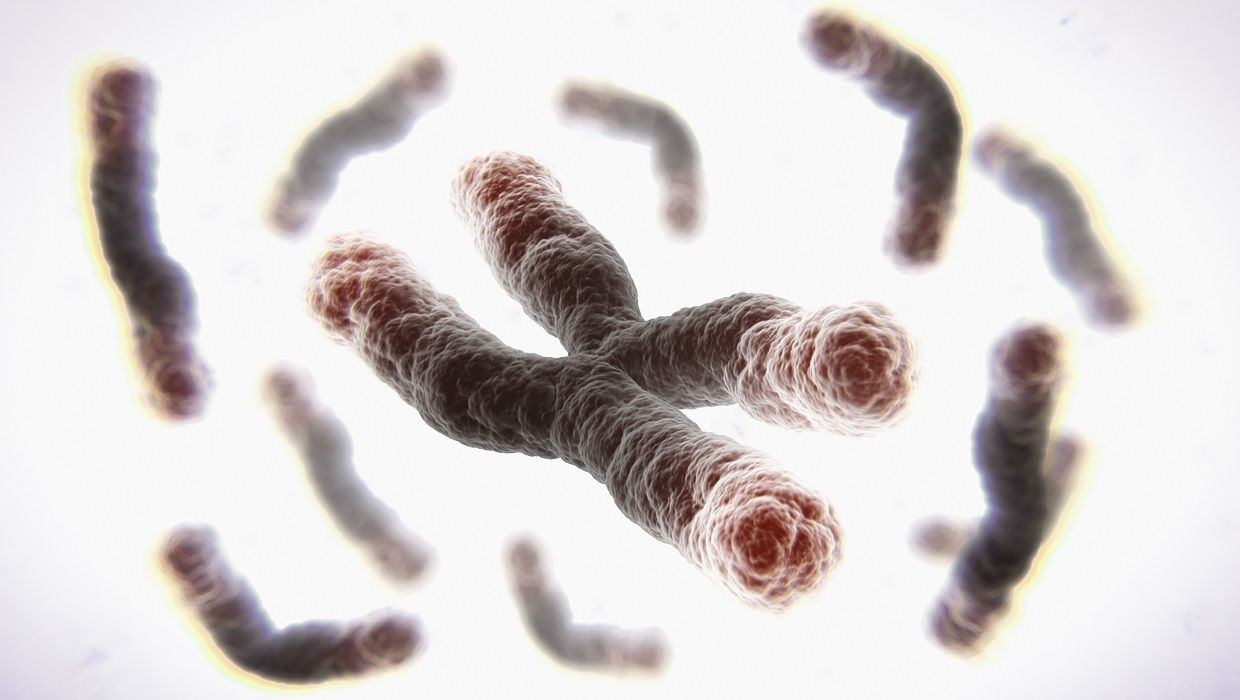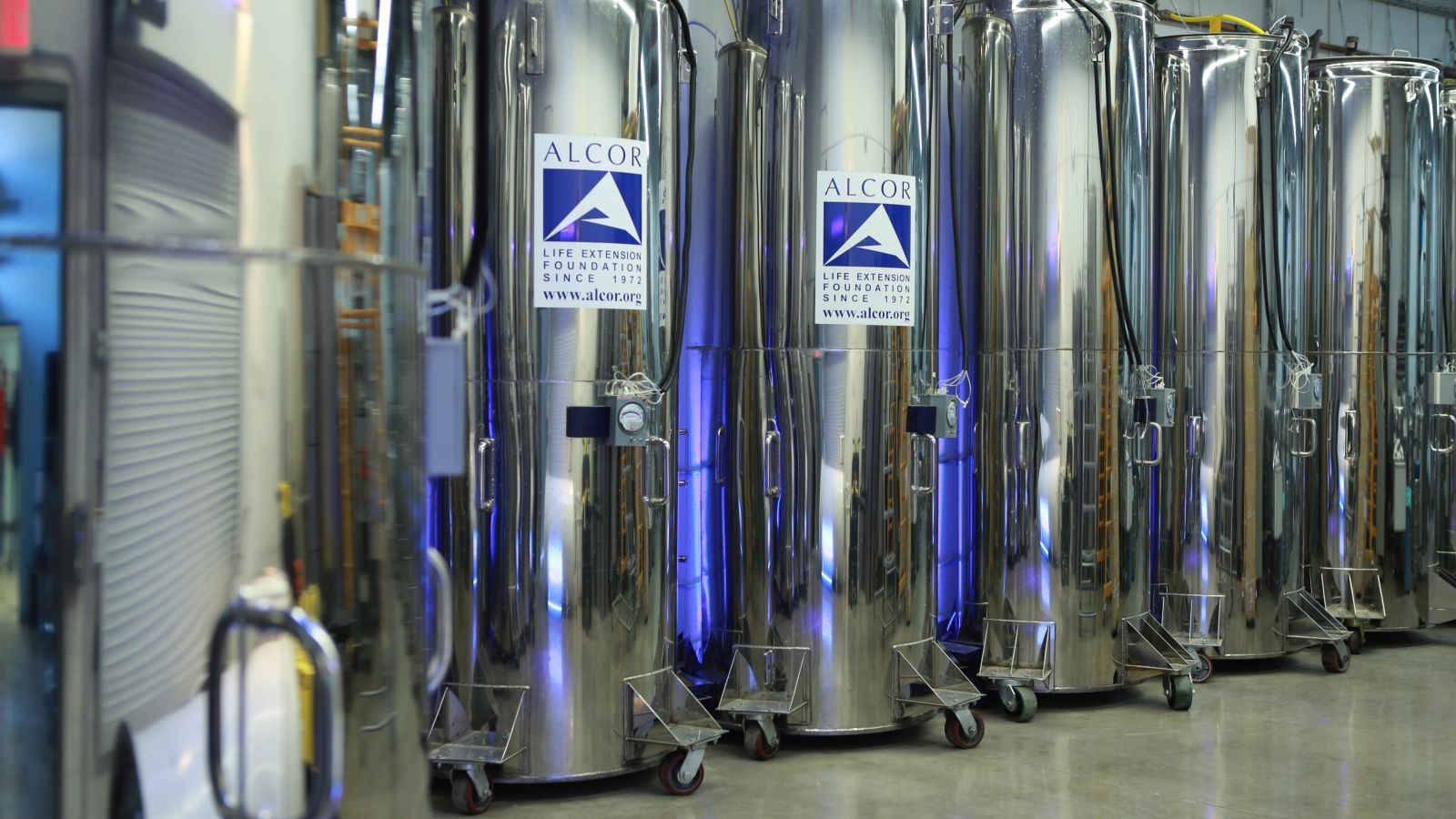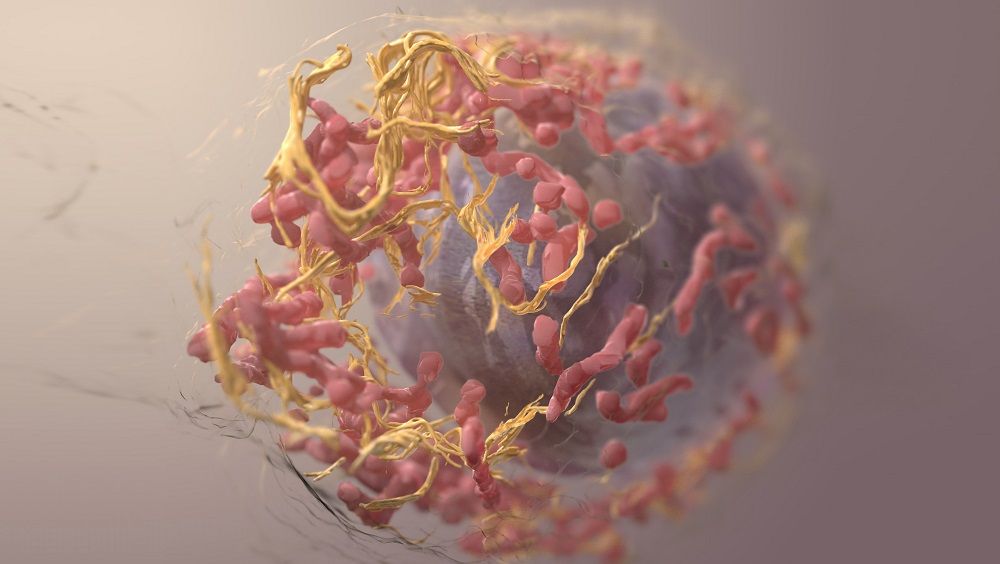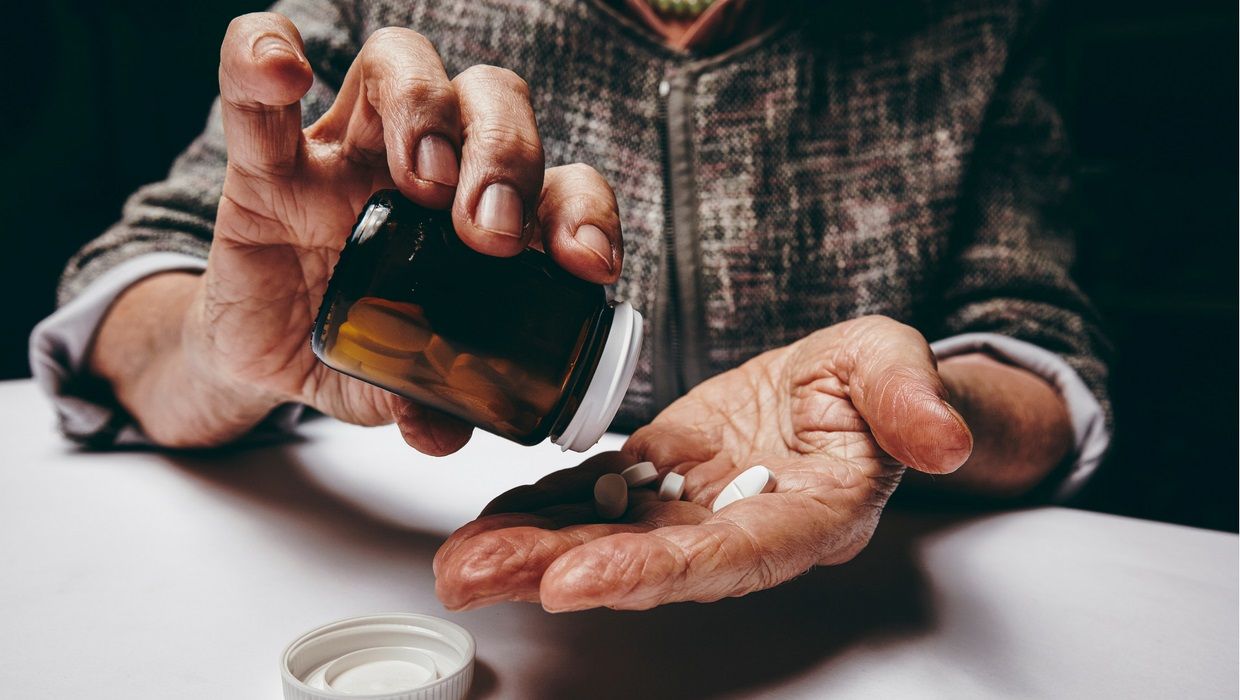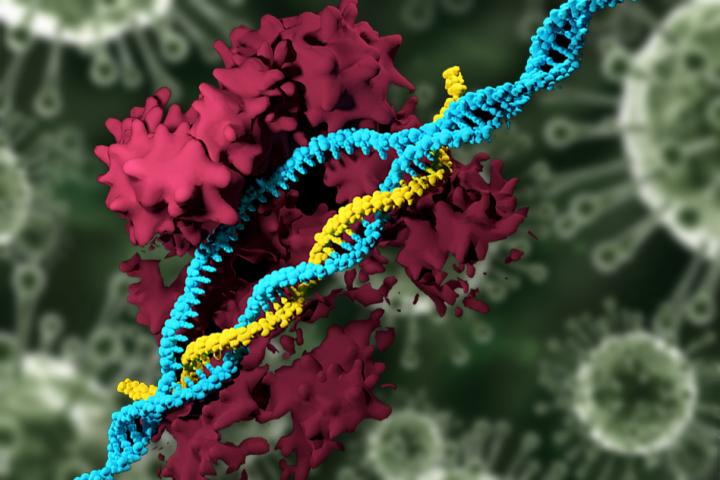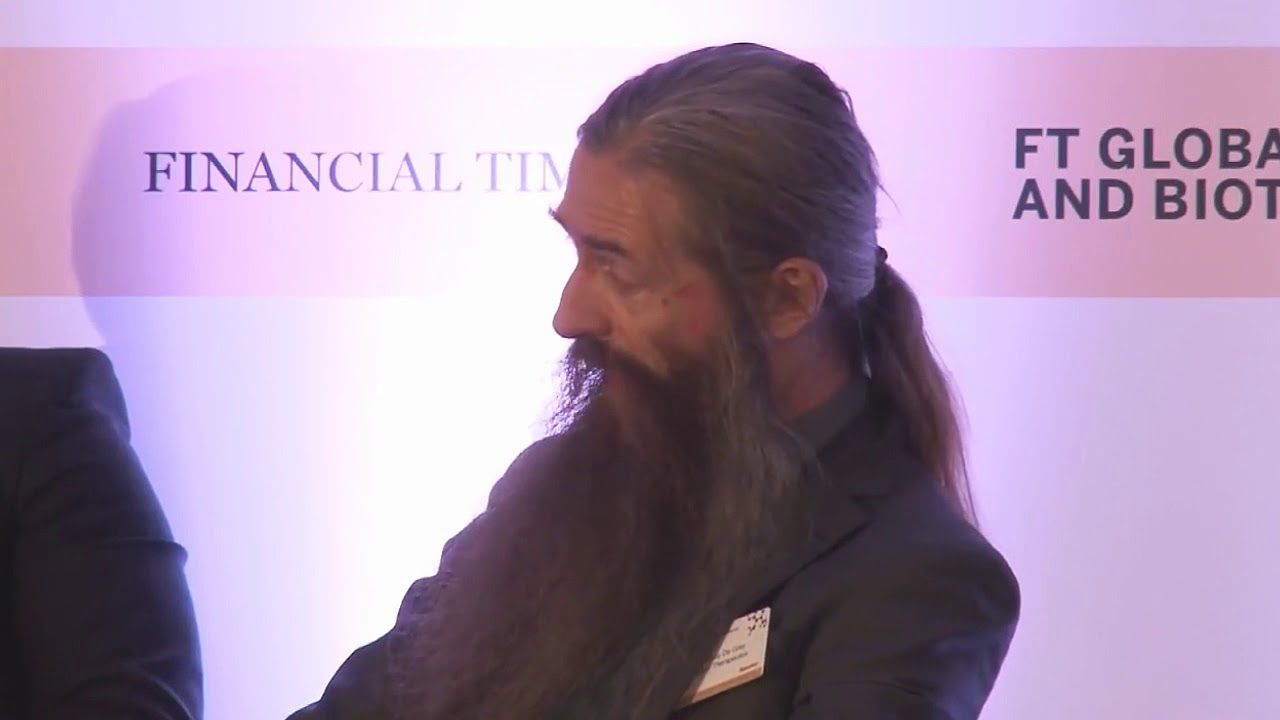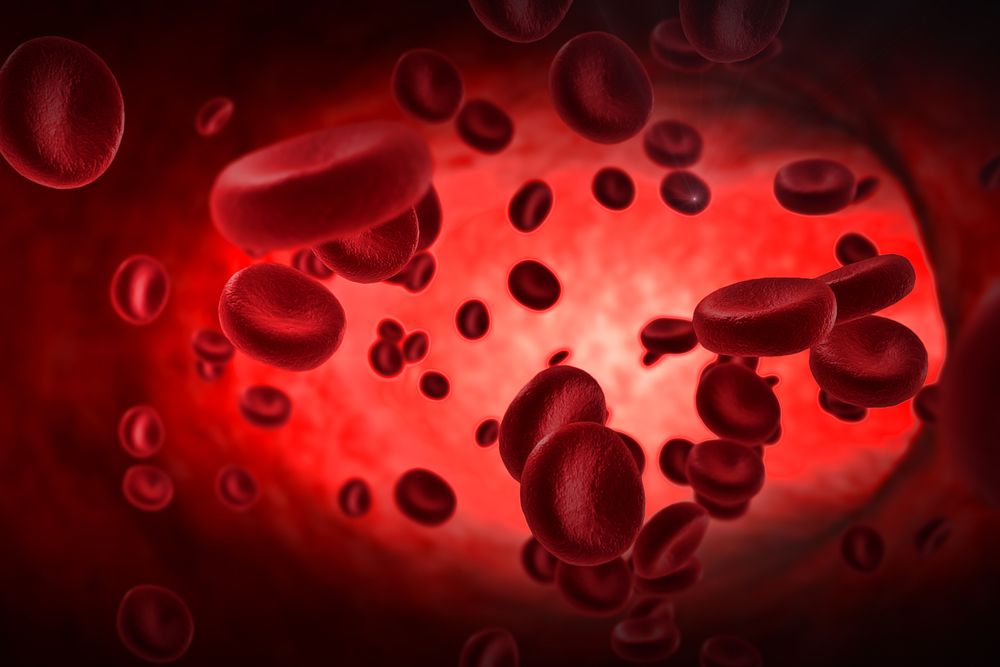In last years CANTOS trial, the anti-inflammatory drug Canakinumab reduced heart attacks 25% and cancer by 50%.
(Part of the look back at the best of 2017)
Summary: The drug Canakinumab reduced heart attacks by 25% and cancer by 50% by reducing chronic inflammation, according to the authors of the recent CANTOS trial. [This report was originally published on LongevityFacts on Aug 27, 2017, and has been updated. Author: Brady Hartman]
In late August, researchers announced that they had found a breakthrough drug which reduces heart attack risk by one-fourth while cutting the risk of cancer in half. The researchers announced that the new medicine can prevent tens of thousands of deaths from heart attack and cancer.
Biggest Breakthrough Since Statins
Harvard researchers said the discovery promises to “usher in a new era” of treatment. Presenting their findings at one of the largest gatherings of heart experts, doctors hail the new drug as the “biggest breakthrough since statins.”

